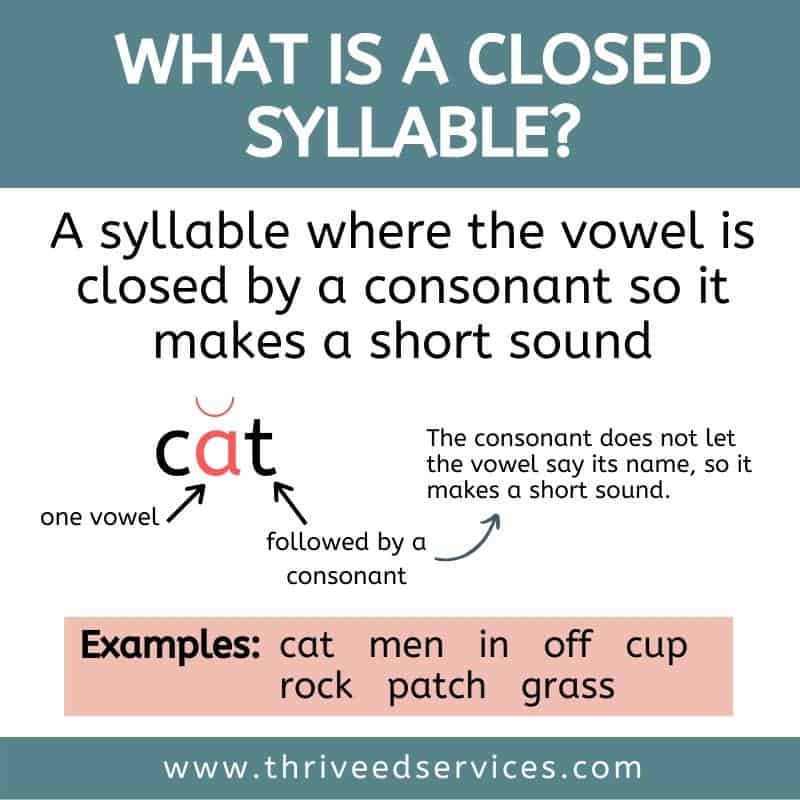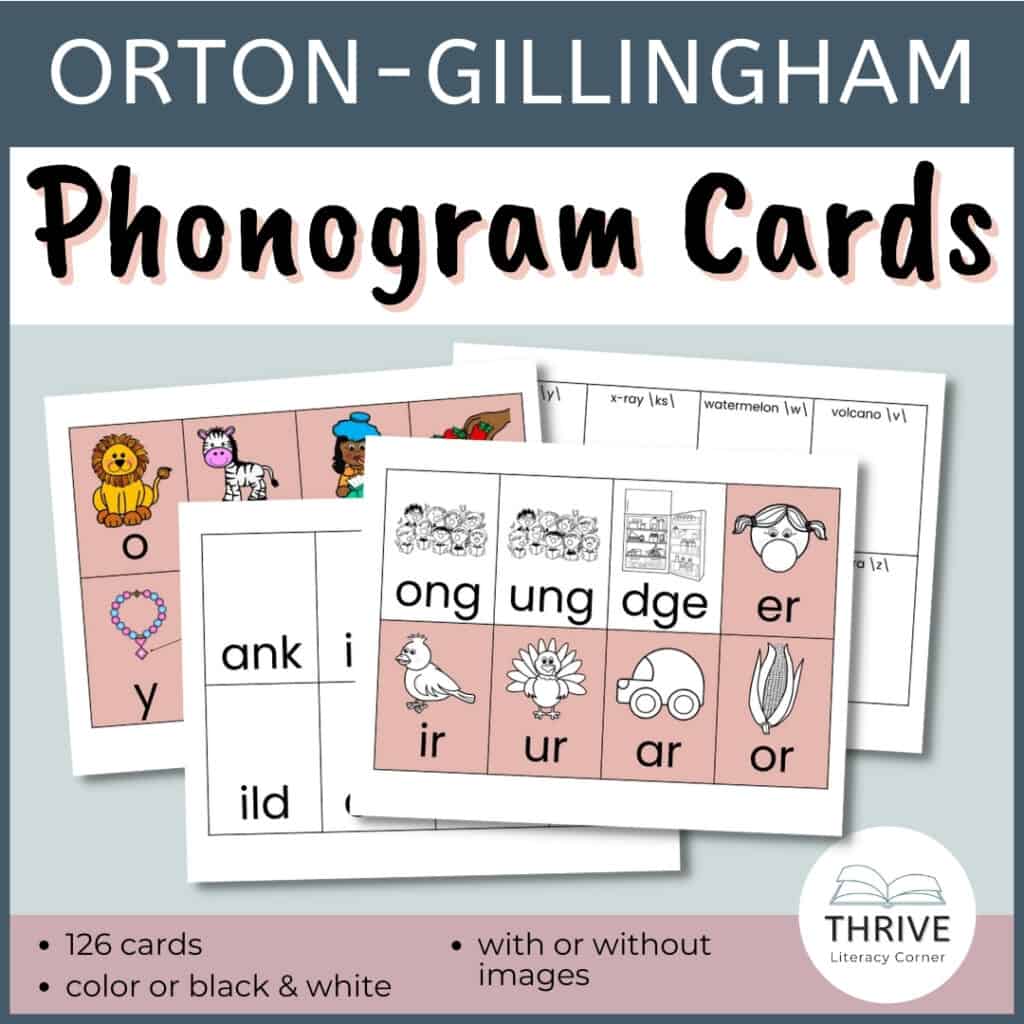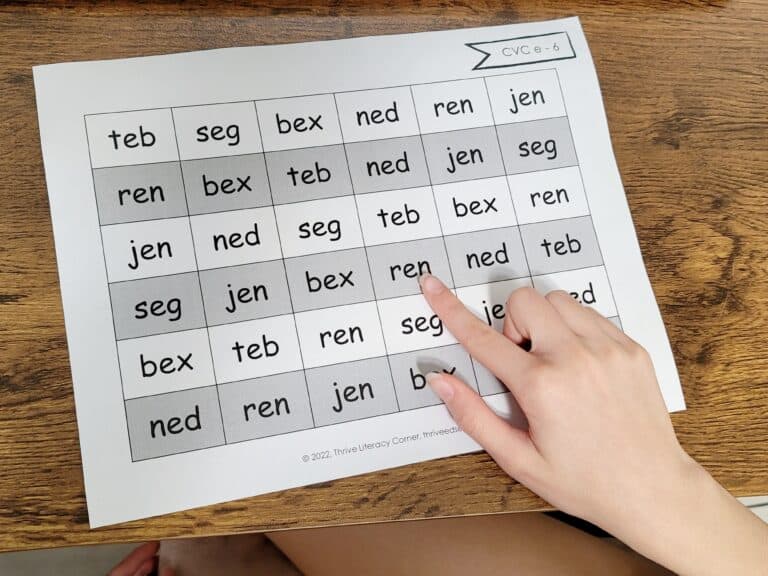All About Closed Syllable Exceptions + Freebies!!
This post may contain affiliate links, and I will earn a commission if you purchase through these links. Please read the disclosure policy for more details.
Have you ever heard of closed syllable exceptions? I had not heard of them until I started my dyslexia training.
Closed syllable exceptions are closed syllables where the vowel makes the long sound instead of the short sound, like in the words bold and find.
In this blog post, we’ll take a closer look at closed syllable exceptions and how to teach them to your students. So read on for all the details!
What Are The Closed Syllable Exceptions?
Let’s recall what a closed syllable is: a syllable with a short vowel sound because it’s followed by a consonant sound. The consonant closes the vowel so it says the short sound.

Closed syllable exceptions look like closed syllables because they contain a vowel sound followed by one or more consonants in a syllable, but they have a long vowel sound instead.
There are 5 closed syllable exceptions:
- -ild
- -ind
- -old
- -olt
- -ost

Examples of closed syllable exception words:
- -ild: child, mild, wild
- -ind: find, kind, mind, rind
- –old: cold, gold, mold, told
- -olt: bolt, colt, jolt, molt
- -ost: host, most, post
Some exceptions to this exception (ha!) are wind, which has 2 pronunciations, and lost.
When To Teach The Closed Syllable Exception
Closed syllable exceptions should be taught after students have learned the short and long sounds of each vowel, most vowel teams, open and closed syllables, digraphs, blends, and glued sounds.
This is typically around second grade.
How To Teach Closed Syllable Exceptions
Since there aren’t many words that are closed syllable exceptions, you can teach them together in groups. Because these are exceptions to the rule, they will need to be memorized.
It may be helpful to start with the -old, -olt, -ost words because students are already familiar with the word ‘old’.
When introducing closed syllable exceptions, I like to use phonogram cards for each one: ild, ind, old, olt, ost. These help students by giving them a keyword to cue them.

First, introduce the sound and spelling pattern. Talk about different words with the same ending.
Tap the words out using your fingers. Be sure to model this so students understand. the first time, tell them how many sounds are in the word, model finger tapping each sound, and have them practice with you.
Practice some onset and rime with an initial sound and the chunk. Have students blend and segment both ways.
From here you’ll want to practice with a variety of activities that reinforce these sounds.
Be sure to talk about the exceptions to this, such as frost, lost, and wind. Teach students to try both vowel sounds when they come across a closed syllable. They should first try the short vowel sound, but if the word doesn’t sound right, they can try the long sound.
Activities To Teach Closed Syllable Exceptions
Here are some activities you can do to help your students practice and reinforce closed syllable exceptions.
Read Decodable Texts
Decodable texts are one of the best resources to start with because they focus on the target skill and include the words in context.
Students can look for and highlight closed exception syllables before reading.

Word Sorts
This is a great way for students to see the patterns in words. You can use flashcards, write lists, or use pictures.
I like to highlight the target phonogram in the same color to help students see the patterns more easily.
Writing & Building Words with Closed Syllable Exceptions
Get students to write or build words in different multisensory ways, such as sand trays, letter tiles, or phonogram cards. You can have them write from a list, think of more words on their own, or create nonsense words.
I usually have students use the phonogram cards to create nonsense words that they have to read aloud and write.
Word Mapping
Phoneme grapheme mapping is one of the most effective ways to teach sounds and spelling. Use a template to have students map out words with closed syllable exceptions. Remember that each sound gets its own box, whether it’s one or more letters that make that sound.
Dictation
Dictation is good practice and instant feedback for you. Use my free template in my freebies library.
All you have to do is say a few target and review sounds, words, and sentences that students write. You’ll immediately see if they learned the skill or not.

Games
You know I always include games! Find some free or paid printable games on TPT, or simply add your own flashcards using the words students learned to any game you already have.
Conclusion
Closed syllable exceptions can be tricky for students to learn because they go against what they have been taught about closed syllables. However, with a little bit of practice, your students can master these tough words. Try the activities and tips in this post to help your students learn the closed syllable exceptions.
Want to remember this? Save All About Closed Syllable Exceptions to your favorite Pinterest board!













